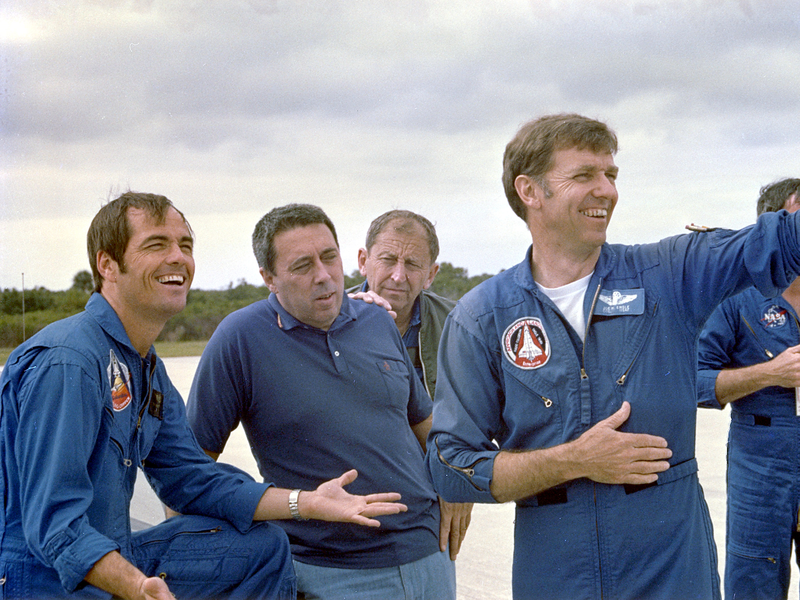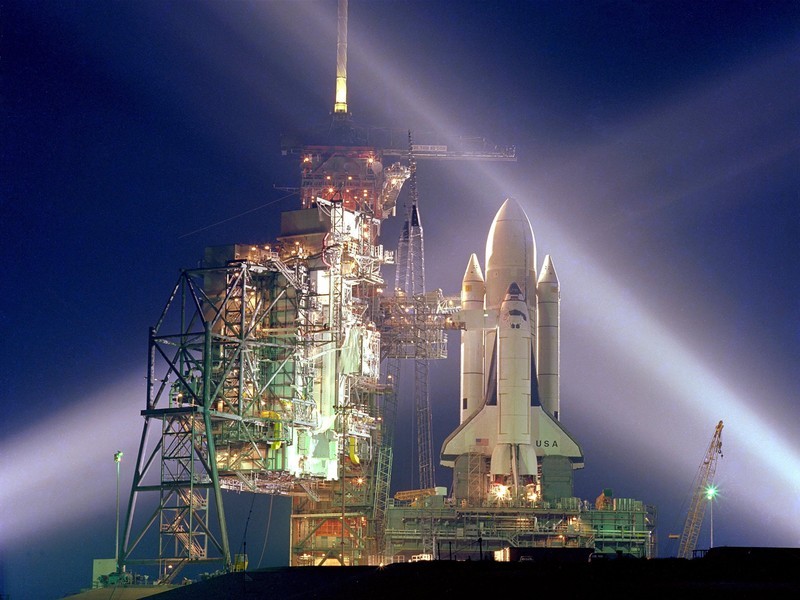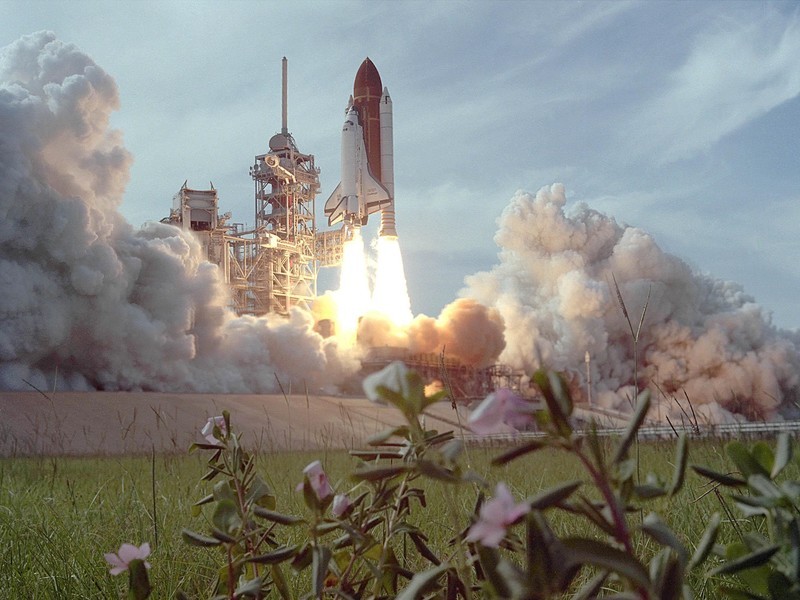On April 12, 1981, astronauts John W. Young and Robert L. Cripper lifted off in the Space Shuttle Columbia from NASA's John F. Kennedy Space Center in Florida as part of STS-1, a mission that kicked off the 30-year-long space shuttle program.
Now, on the 40-year anniversary of that momentous flight, an astronaut who was raised in Pendergrass, and later Gainesville, is reminiscing on the space shuttle program and his connection with STS-1.
"I always had a desire to work with NASA, be an astronaut," Roy D. Bridges, Jr. said. "I applied twice, was actually selected on my second try, and reported to NASA in July of 1980 at the Johnson Space Center in Clear Lake, TX near Houston."
Bridges was considered an "astronaut candidate" at the time of the STS-1 launch but served as support personnel in the Shuttle Avionics Integration Laboratory. Priot to the launch of the real shuttle, SAIL tested all of the software that was used in the space shuttle in a simulator.
During the STS-1 launch, Bridges' role was to use the simulation in SAIL and report any software anomalies he could find to NASA's engineers. This role was key, as STS-1 had to "scrub" a launch due to a software issue. Essentially, the launch of the shuttle was delayed due to a software problem that had reared its head while the orbiter was gearing up for its launch.
Bridges said they were able to recreate the issue in the SAIL simulator, and NASA's engineers were able to fix the problem in the real shuttle overnight. The Space Shuttle Columbia launched the next day.
"A very historic day for both NASA and the United States of America's space program. I was thrilled to be a part of that, and was very excited about the future," Bridges said.
While Bridges was on the ground for STS-1, four years later, in July 1985, Bridges piloted the Space Shuttle Challenger to Earth's orbit as part of STS-51-F, also known as Spacelab-2.
Just like STS-1, STS-51-F was aborted on its first launch attempt. Unlike STS-1, the liquid engines of the shuttle had begun throttling up, and the launch was scrubbed at just T-3 seconds on the countdown.
"My friends and family were incredibly disappointed to see me having dinner on the beach that night instead of being in orbit," Bridges said.
The problem that caused the aborted launch was corrected over the next few weeks, and Bridges and his crew finally lifted off Earth's soil on July 29, 1985. While the second launch attempt also had engine issues, which resulted in an abort-to-orbit trajectory, Bridges said it was still an incredible experience.
"Quite a thrilling thing when that thing lives off the pad. I mean you go from zero to 100 miles an hour before the tail clears the tower," Bridges said.
Bridges would later go on to serve as director of John F. Kennedy Space Center from 1997 to 2003, right at the height of the construction of the International Space Station.
"The capability of the shuttle was required to do something like [build the ISS]," Bridges said. "So we have a much more capable space station that's been occupied now for more than 20 years as a result of the space shuttle being there and being a part of that assembly process."
Bridges has since retired, but he continues to be honored, even locally in Gainesville. Recently, the Gainesville Board of Education named a street on the campus of Gainesville Exploration Academy in his honor.
"I was really grateful to be honored in such a wonderful way. Gainesville was very good to me," Bridges said.
While Bridges grew up in Pendergrass, his family moved to Gainesville during his freshman year of high school. Bridges was a part of Gainesville High School's class of 1961 and was voted senior class president.
Click the above photo gallery to view images related to STS-1, STS-51-F and Roy D. Bridges, Jr.





http://accesswdun.com/article/2021/4/996526/north-georgia-astronaut-reflects-on-40th-anniversary-of-first-space-shuttle-launch
